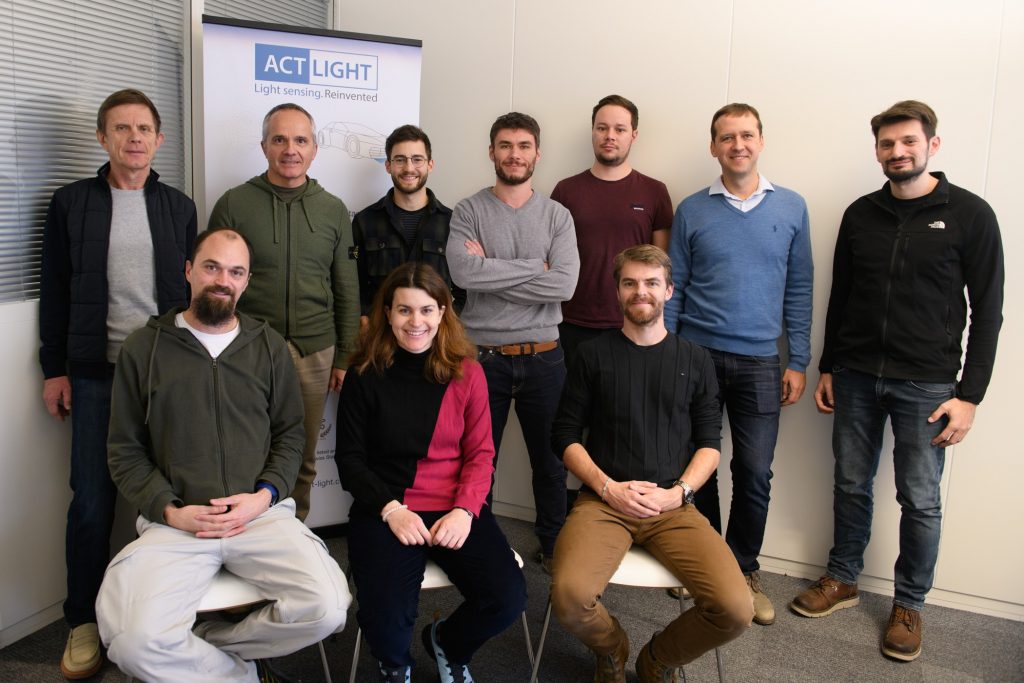ActLight is a dynamic deep-tech startup from Lausanne that does not need a long introduction. It is enough to say that this is the inventor of the Dynamic PhotoDetector (DPD), a new type of photodetector with the potential to revolutionise not one but multiple application domains. What sets this technology apart? How did EUROPRACTICE help the young IP company fabricate the first prototypes, essential to win the first customers and bring their technology to the market? We explored these questions with CEO Serguei Okhonin and Chief Commercial Officer Roberto Magnifico.
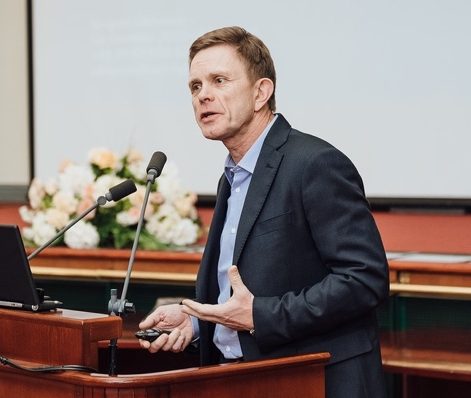
Serguei Okhonin is the co-founder and CEO of ActLight. Together with Fredrik Uddegard, he launched the company in 2010, focusing on developing innovative light sensors to become a key player in impacting tech industries worldwide for a better future. Serguei earned his PhD in Physics from the Swiss Federal Institute of Technology (EPFL). Before ActLight, he founded the company Innovative Silicon Inc, whose IP was acquired by a large US semiconductor player. He also authored over 50 papers and holds more than 100 filed patents.
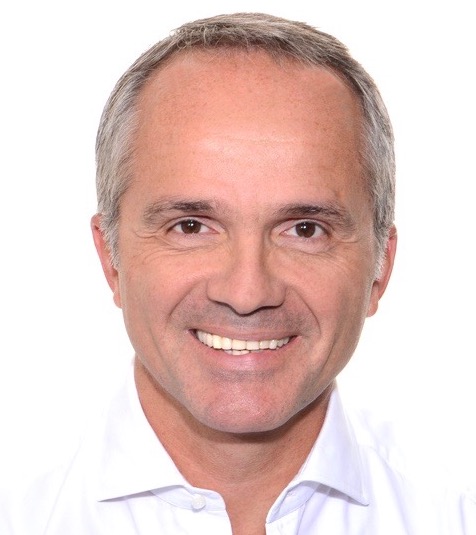
Roberto Magnifico is ActLight’s Chief Commercial Officer (CCO). He has 30+ years of experience in the electronic components industry. He began his career at STMicroelectronics as a product engineer and evolved his career with progressive growing commercial responsibilities with Philips Semiconductor (NXP) and Intersil. More recently, in the positions of Vice President Sales & Marketing, he helped Swiss industrial groups such as Cicor Technologies and Fischer Connectors to expand their business globally.
Photodiodes are semiconductor devices that respond to light by generating an electric current. Over the decades, their technology and design have improved but the fundamental concept remained the same. The device operates in a static way. A constant voltage is applied, and the resulting photocurrent is measured to infer light intensity. This is not the case for dynamic photodetectors, which use a different approach.
Serguei explains: “What we are doing, we are using devices slightly differently, in a dynamic way. Instead of keeping the voltage constant, we switch it from reverse to forward and detect the time when the forward current starts. Simply put, when everybody else would measure photocurrent, we are measuring time.” The amplitude of the output signal is very high and can easily be measured without analog amplification, resulting in a significantly improved signal-to-noise performance compared to conventional photodiodes.
For ActLight, the new concept provides not only technological advantages but also advantages in terms of IP: “In general, the sensor market is very crowded. You can never be sure that what you are doing has not been done before. However, we are not just improving an existing technology but bringing a totally new concept to the market. ActLight is the only company that has been granted patents in this field,” – clarifies Serguei.
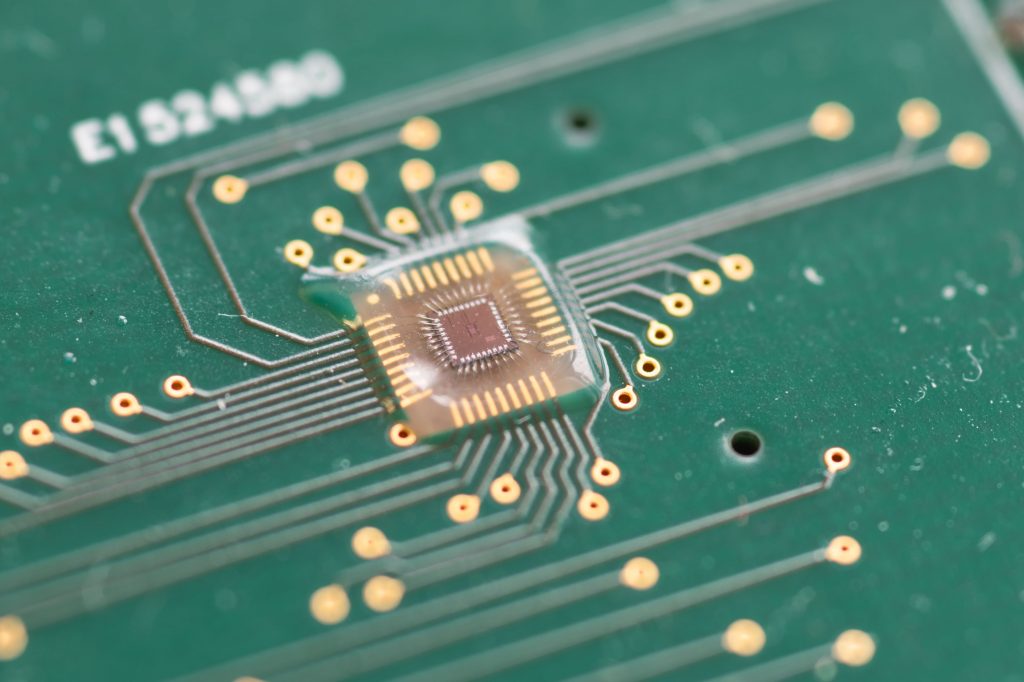
Serguei emphasises the importance of making a working prototype to prove your idea: “If you want to build a semiconductor startup, especially a hardware startup, you need to build a prototype as soon as possible. Of course, you can just try to explain to potential customers how the technology works. They will understand the concept, but they would always prefer to see a performance on silicon. You can have a brilliant idea but if prototype building requires a lot of time and money, it will not work.”
Therefore, the pressing challenges were: Where to find affordable access to standard CMOS fabrication processes to preserve time and resources? Which technology would be the best fit to fabricate the prototype? And what if you need to use different technologies of various major foundries who do not usually engage directly with small players?
Serguei had a solution in mind. For his previous startup, he had already used EUROPRACTICE services and had a very positive experience. In fact, his history of successful collaboration with imec.IC-link, one of the EUROPRACTICE partners, went back as much as 25 years.
“EUROPRACTICE is well-known for supporting academia but it is also an excellent fit for startups. The EUROPRACTICE team provided guidance in selecting the right technologies that also aligned with our design tools. We could build our prototypes in standard CMOS process of not just one, but two world-leading foundries. The support we got was exactly what we needed. In addition, we saved time and money, which is crucial for startups because you have customers who cannot wait.”
Serguei Okhonin, CEO ActLight
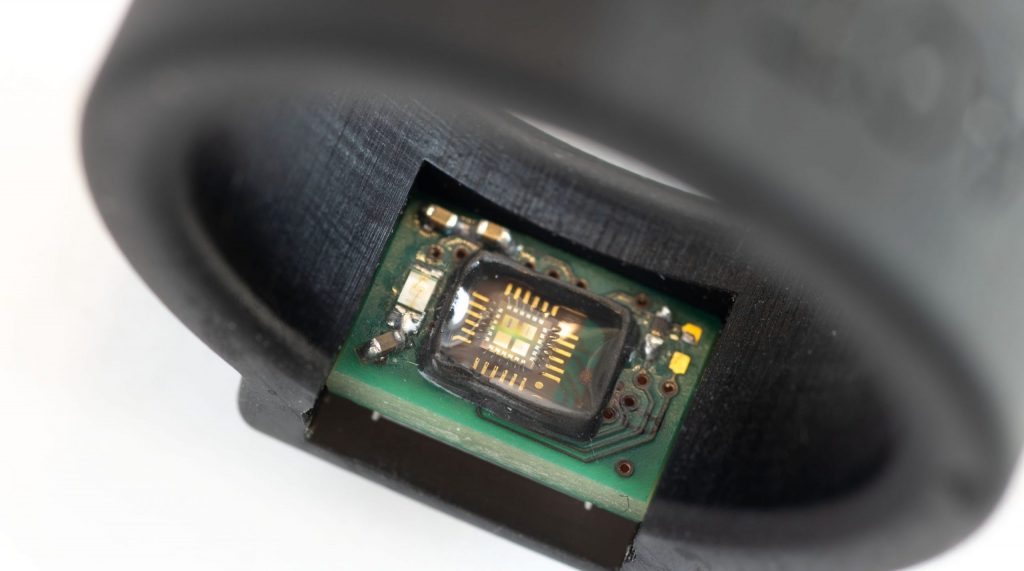
Roberto sketches the broad range of industries where the dynamic photodetector can be used: “Right now, our primary focus markets include wearable devices for consumers and healthcare, such as heartrate monitors, smart rings, and hearable devices. DPDs can also be used in eye-tracking systems, for instance, for AR and VR. In addition, our technology can be applied in smartphones, especially in proximity sensors, ambient light sensors, and 3D sensing. Possible applications include also industrial and automotive markets – and I could go on.”
He also shares exciting news: “Right now, we are back from Silicon Valley, where we met one of our licensees, a global leader in vital signs monitoring systems. They are bringing their first product utilising ActLight’s IP to the market. As we speak, the final packaged samples are on the way to us to be tested.”
“It’s been a long journey. First you have an idea, then you file for patents, and build prototypes. When the prototype is good enough you go and see potential customers. This process can take a few years because companies want to be 100% sure that they will benefit after investing a lot of resources into building a product with your technology. This is why growth is never fast enough: It always takes a bit longer than you expected. But right now, we can certainly say that we have reached a fundamental milestone with due diligence done by a major market player and their new product coming to the market. In this journey, the support of EUROPRACTICE has been indispensable for us,” concludes Roberto.
